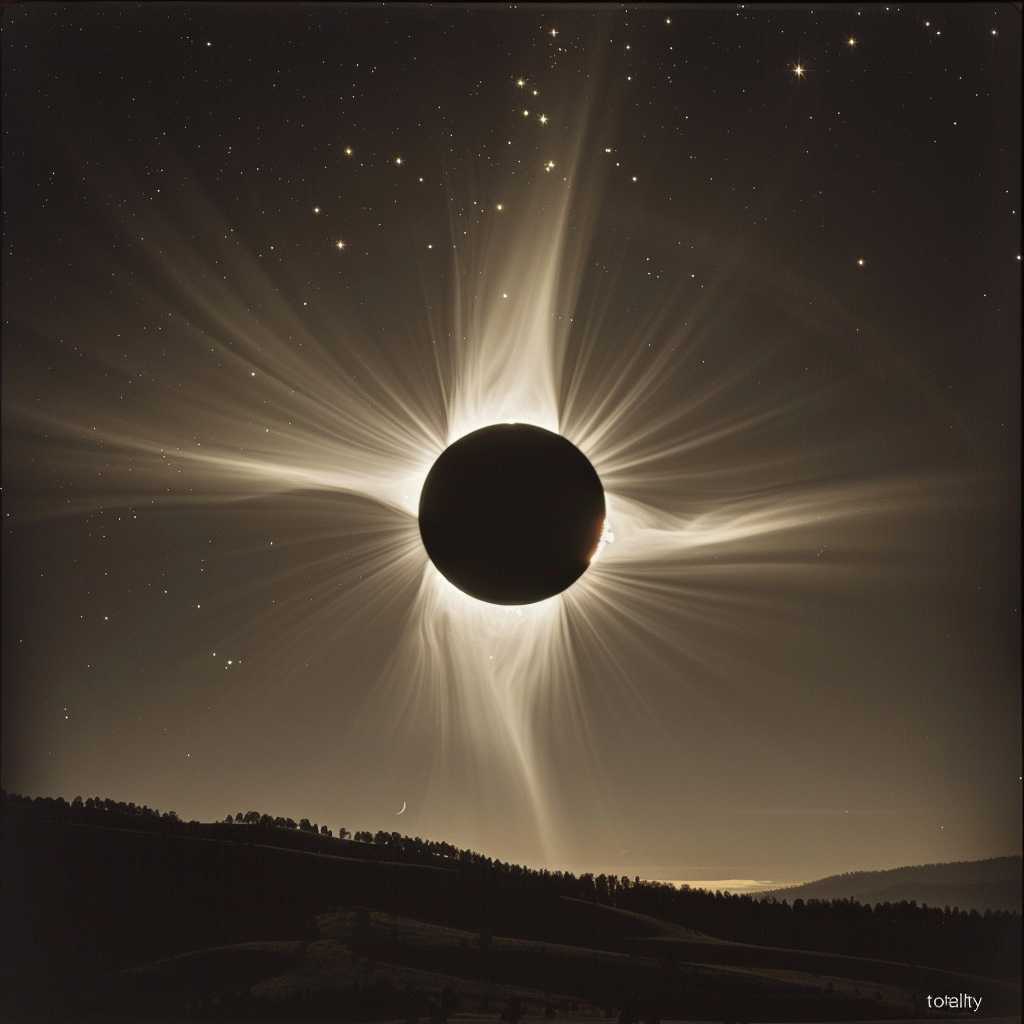Understanding the Solar Eclipse of April 8
Solar eclipses have fascinated humans for millennia. On April 8, a remarkable celestial event will occur: a solar eclipse, where the moon passes between Earth and the sun, obscuring the sun’s light. This article explores various aspects of the upcoming solar eclipse, including its scientific background, geographical visibility, historical and cultural significance, viewing safety precautions, and its potential effects on solar power generation.
Scientific Background of Solar Eclipses
A solar eclipse is an astronomical event that happens when the moon moves in its orbit between Earth and the sun, temporarily blocking out the sun’s light. There are at least two and up to five solar eclipses each year; however, they are not always total eclipses, where the sun is completely obscured. The occurrence of a solar eclipse is determined by the Syzygy alignment of the sun, Earth, and moon, which is necessary but insufficient by itself because the moon’s orbit is tilted relative to the ecliptic plane of Earth’s orbit around the sun.
The April 8 eclipse falls into this rare category—a total solar eclipse. Its path – where viewers can see totality – will cross through specific parts of the globe. The event provides a unique opportunity for scientists to study solar phenomena such as the corona—a structure of outer atmospheric layers only visible during a total solar eclipse—alongside offering a spectacular display for casual observers and photography enthusiasts alike.
Geographical Visibility and Path of Totality
The path of totality is a track that will be shadowed by the moon’s umbral area and this is where viewers can witness a total solar eclipse. The April 8 solar eclipse’s path of totality will commence in the Pacific Ocean and will span across multiple countries from northeast to southeast. Particular locations within North America will experience a phase of totality lasting for a duration dependent on their position relative to the central path. Those outside the path will see a partial eclipse.
Historical and Cultural Significance
Eclipses have historically held significant meaning in various cultures, linked to myths, superstitions, and even considered ominous or powerful signs from deities or nature itself. Ancient civilizations often tried to understand these phenomena through observation and developed early scientific explanations for them. Moreover, eclipses have played notable roles in historical events; they’ve been utilized in negotiations during wars and in landmarking historical dates.
In modern times, an eclipse continues to awe people thanks to its rare beauty. People from all around the world travel long distances just to observe a few minutes of totality. Science outreach programs leverage events like these to engage and educate communities about astronomy.
Viewing Safety Precautions
Sensibly viewing a solar eclipse mandates safety measures to prevent eye damage as sunlight contains harmful ultraviolet and infrared radiation. During an eclipse, due to lower luminosity perception, our pupils dilate past normal daylight viewing circumstances; this increases potential retinal exposure to concentrated solar rays if observed unprotected.
To watch safely:
– Use solar viewing glasses with proper ISO certification.
– Employ telescopes or binoculars with special-purpose solar filters.
– Never look directly at the sun through cameras, binoculars, glasses, or the naked eye without proper filtration.
– Integrate pinhole projectors or other indirect viewing methods for safe observation.
Failure to adhere to these safety guidelines can result in serious eye injury or blindness.
The Impact on Solar Power Generation
Total eclipses including partial phases may slightly impact grid-tied solar power generation systems due to momentary reduction in sunlight intensity. Large-scale systems are most affected but preparedness measures ensure grid stability. Cloud cover typically poses similar if not greater impact on daily production reliability compared to a transient celestial event.
Notes
Image Description: A stunning visual moment capturing “totality” during the Solar Eclipse of April 8 shows a dark silhouette of the Moon centered across an intense halo of light—the Sun’s corona—radiating outward against a dim sky background dotted with the faint stars now visible due to the subdued solar brightness.
